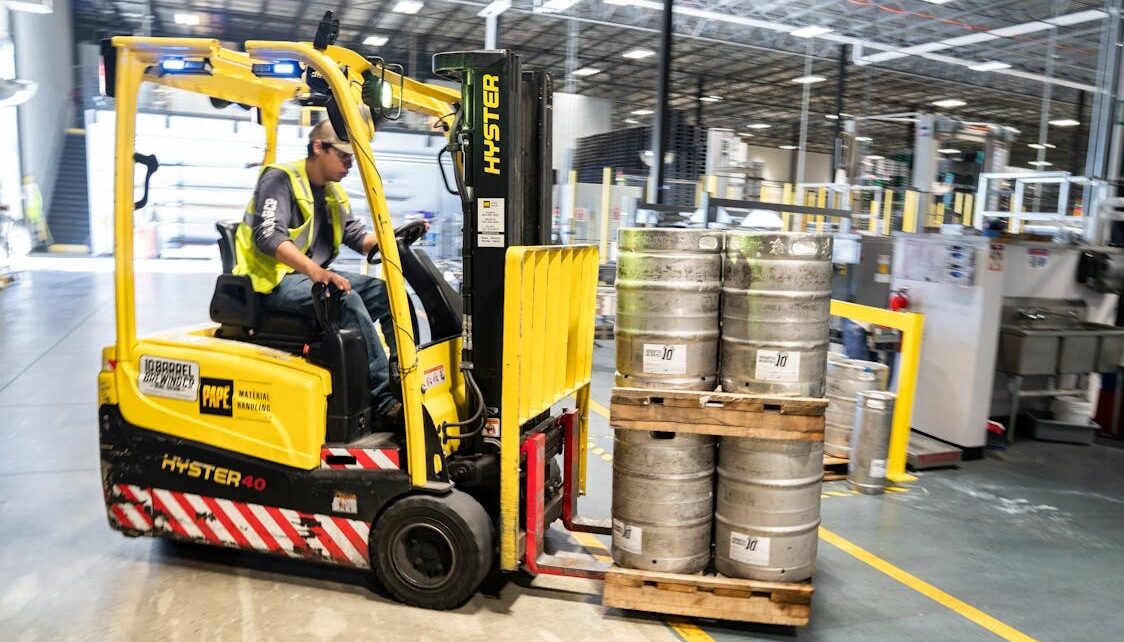Replacing warehouse flooring is a significant undertaking that, if not managed properly, can cause downtime and disruption to business operations. However, with careful planning and execution, it’s possible to replace the flooring with minimal interference. In this article, we’ll outline a comprehensive approach to achieve a smooth transition, ensuring safety, efficiency, and continuity.
Plan the Project in Stages
The key to replacing industrial flooring UK without halting operations lies in effective planning. Break down the project into manageable stages:
Assessment:
Begin by assessing the current floor condition and identifying the scope of the work. Understanding the types of materials and the amount of subfloor preparation needed will guide your planning.
Timeline Creation:
Establish a realistic timeline for each phase, taking into account cleaning, removal, preparation, installation, and curing times. A detailed schedule minimises uncertainty and allows you to plan alternative operational areas.
Budget and Resources:
Determine the budget and procure necessary materials and equipment in advance. Contracting a reliable flooring specialist can help streamline the process and reduce unforeseen expenses.
Work in Sections
To avoid halting warehouse operations, consider replacing the flooring in sections rather than all at once:
Zoning the Warehouse:
Divide the warehouse into zones, completing one section at a time. This method allows most of the warehouse to remain operational while work is underway in a designated area.
Temporary Flooring:
Install temporary flooring in adjacent sections, if necessary, to maintain safety and workflow as you transition between zones.
Communication:
Keep staff informed of scheduling and temporary changes. Clear communication ensures everyone is aware of safe routes and operational adjustments.
Pre-Installation Preparation
Preparing the warehouse and the team before installation can significantly reduce disruption:
Clear the Area:
Remove any inventory or obstacles from the work zone ahead of time. This clears space for workers and equipment, reducing potential hazards.
Safety Measures:
Implement safety protocols, such as cordoning off the work area, posting warning signs, and providing protective gear to employees near construction zones.
Staff Training:
Brief employees on new layouts, alternate pathways, and any changes to their routines while flooring replacement is ongoing.
Efficient Installation Techniques
Using efficient installation methods can speed up the process and cut down disruption:
Pre-Fabricated Flooring Sections:
Where possible, use pre-fabricated flooring sections that can be quickly installed. These reduce on-site cutting and adjustments.
Quality Materials:
Opt for durable, fast-curing flooring materials that can handle warehouse traffic shortly after installation. Epoxy flooring, for example, cures fast and is robust against heavy machinery.
Expertise:
Employ an experienced team familiar with large-scale flooring projects. Their expertise ensures a smooth installation process, reducing errors that could extend the project timeline.
Post-Installation and Final Checks
Once the flooring is replaced, thorough inspections ensure safety and readiness for use:
Curing and Ventilation:
Allow sufficient time for the new floor to cure. Ensure proper ventilation to dissipate any fumes from adhesives or sealants used.
Inspection:
Conduct a final quality check to identify any imperfections or safety hazards. Address these immediately to avoid long-term issues.
Clean Up:
Remove all debris, protective coverings, and temporary signage. A clean environment helps staff acclimatise to the new floor and avoids accidents.
Communicate with Stakeholders
Throughout the project, continuous communication with all stakeholders — from employees to management — is essential. Regular updates on progress, potential schedule adjustments, and any impact on operations build trust and allow for timely problem-solving.
Conclusion
Replacing warehouse flooring with minimal disruption is achievable through careful planning, staged work, and efficient installation practices. By zoning the space, communicating effectively, and using fast-curing, durable materials, you can ensure the transition is smooth, safe, and cost-effective. Ultimately, this approach not only protects your investment in quality flooring but also sustains productivity throughout the replacement process.





